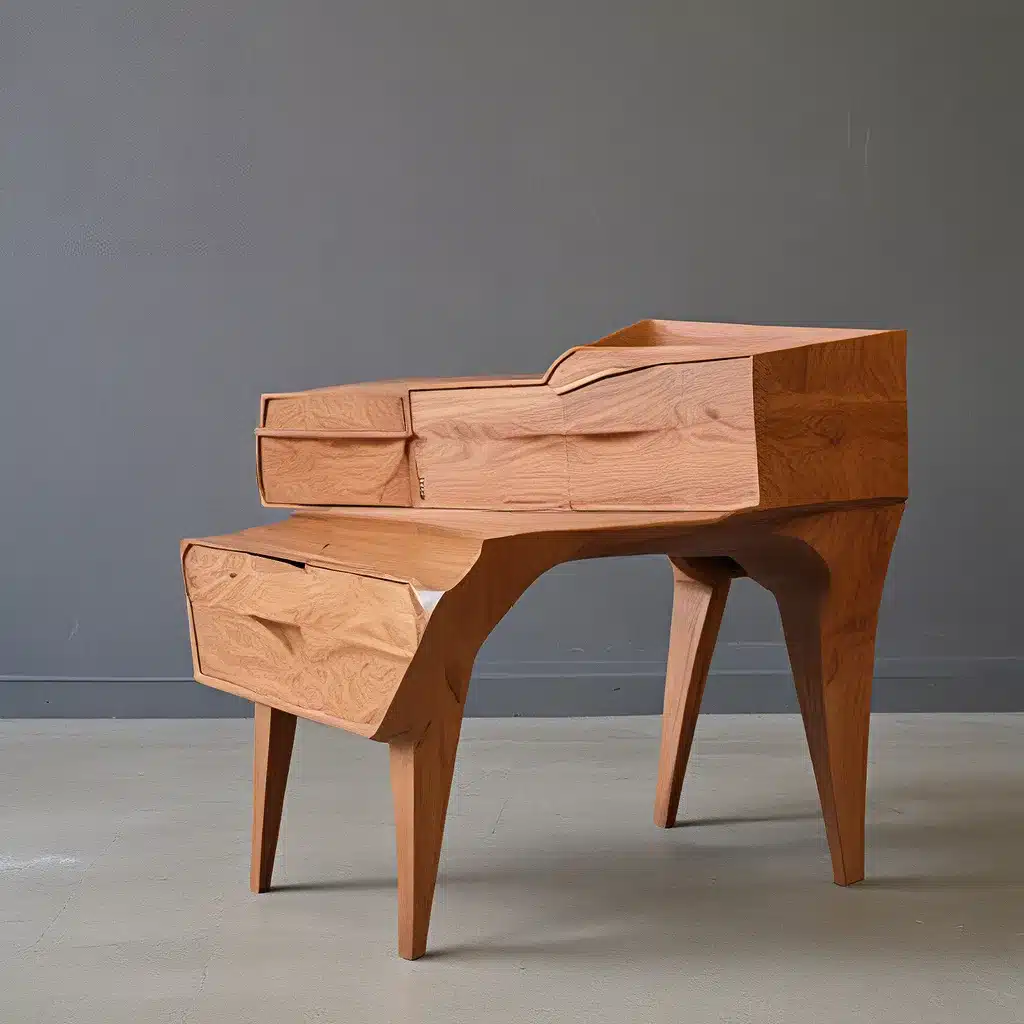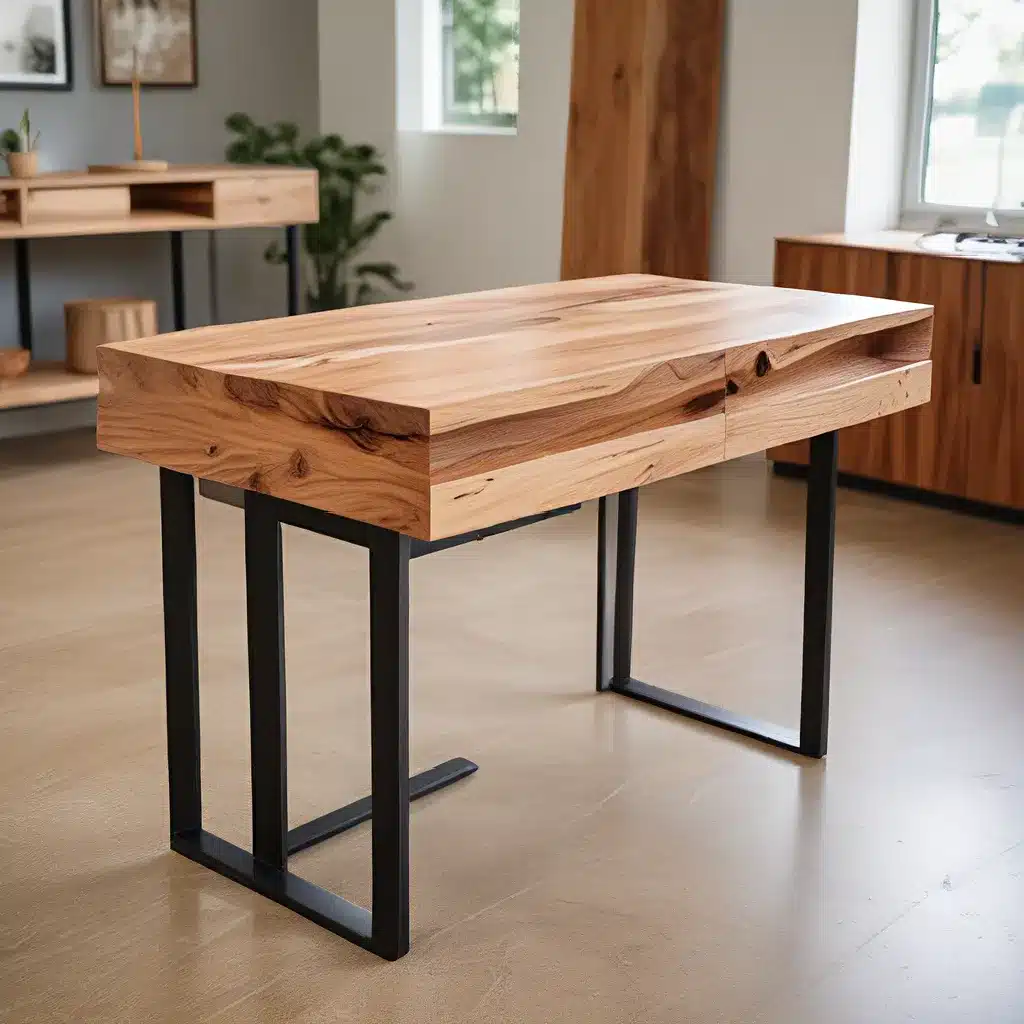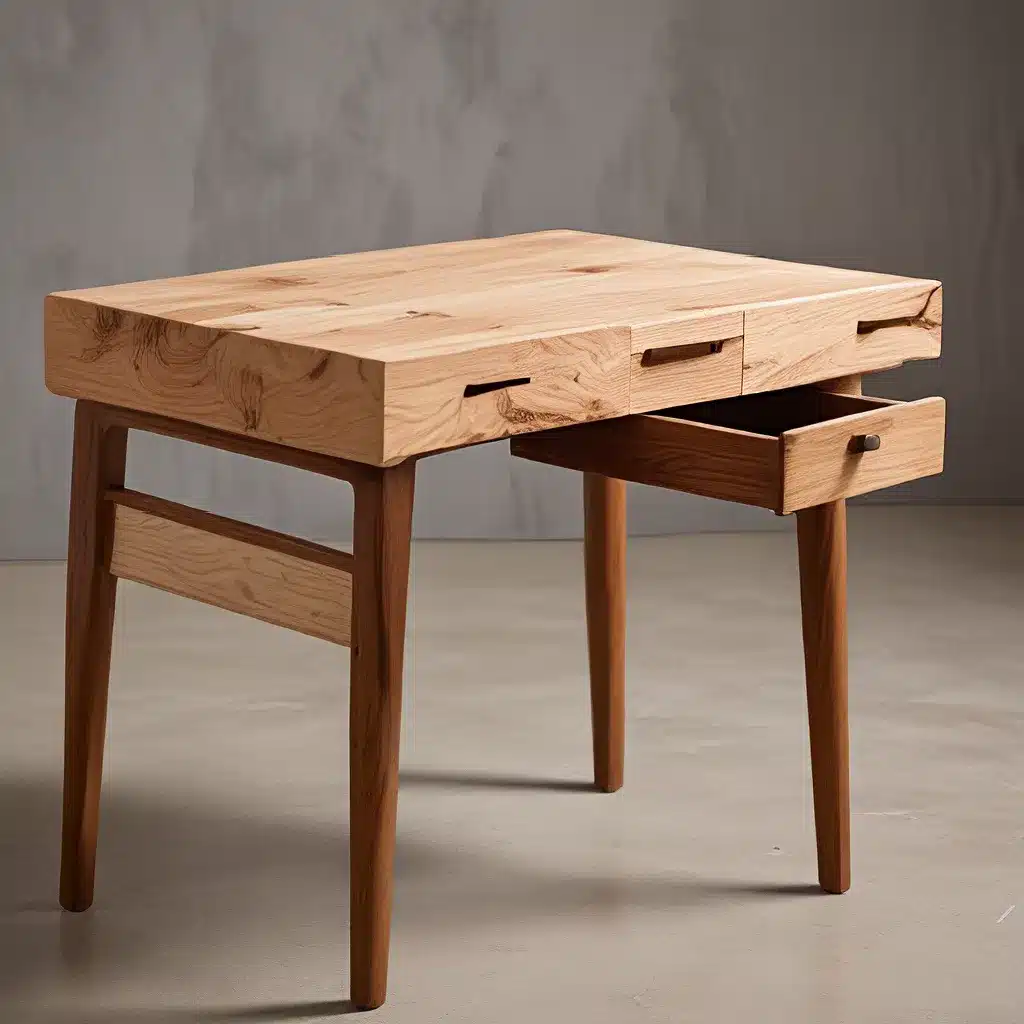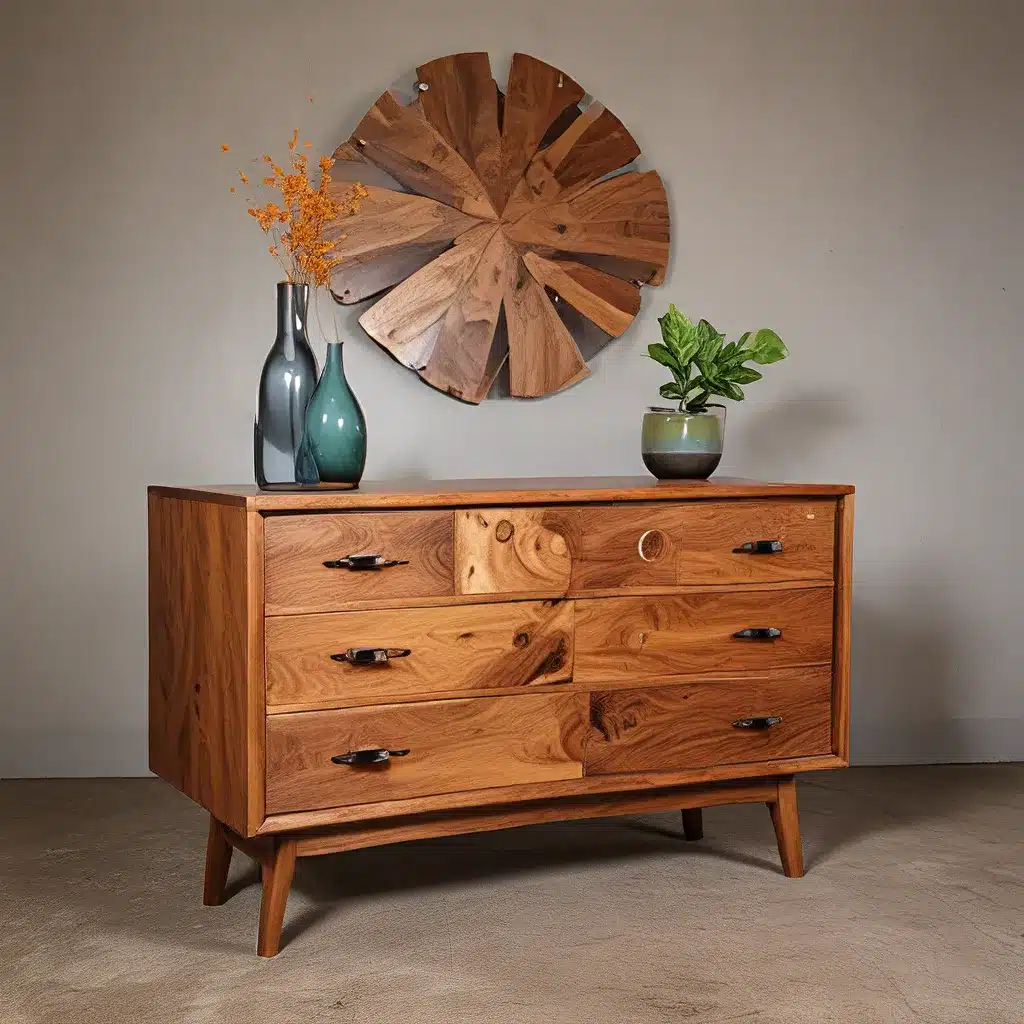
Unlocking the Secrets of a Bygone Era
As I sit here, surrounded by the gleaming tools and half-finished projects in my workshop, I can’t help but be drawn to the past. The intricate craftsmanship and time-honored techniques of 17th-century furniture makers have always fascinated me, and I’ve been on a mission to uncover their lost secrets.
It all started when I stumbled upon the work of André-Jacob Roubo, a legendary French furniture maker and woodworking master from the 1700s. His landmark five-volume work, “L’Art du Menuisier,” is a treasure trove of knowledge, but it’s been largely inaccessible to modern readers due to the challenges of translating 18th-century French.
Thanks to the diligent efforts of my friends at Lost Art Press, I’ve been able to dive into Roubo’s work and uncover some of the long-forgotten techniques that defined the golden age of furniture making. And let me tell you, it’s been a revelation.
The Workbench: Heart of the 17th-Century Workshop
One of the most fascinating aspects of Roubo’s work is his detailed description of the 17th-century workbench. This humble yet essential tool was the beating heart of the furniture maker’s workshop, and Roubo’s insights have helped me understand why.
According to Roubo, the perfect workbench was made from a thick, sturdy plank of elm or beech, typically measuring around 9 feet long and 5 to 6 inches thick. The legs, crafted from solid oak, were carefully assembled with through-tenons and through-dovetails to ensure maximum stability.
But what really sets Roubo’s workbench apart are the ingenious features he describes. The top was riddled with precisely placed holes, allowing for the use of holdfasts – iron tools that could grip and secure workpieces with incredible force. And at the back of the bench, he included a handy “rack” for storing chisels, planes, and other tools within easy reach.
Perhaps the most intriguing element, though, was the optional vise – a wooden mechanism that could clamp down on even the most delicate furniture parts without leaving a mark. Roubo marveled at how this simple device allowed his fellow “ébénistes” (cabinet makers) to work with unparalleled precision and control.
Mastering the Lost Art of Nailing
As I delved deeper into Roubo’s writings, I stumbled upon another fascinating aspect of 17th-century furniture making: the lost art of clinching nails. Roubo described a meticulous process of preparing the workbench’s surface with a series of precisely placed holes, into which the nails could be driven and then “clinched” – bent over to create a secure hold.
This technique, it seems, was crucial for ensuring the long-term stability of furniture joints, especially in pieces that would undergo significant stress or movement. And the way Roubo described the process, with its careful measurements and attention to detail, made me realize that nailing was once considered a true craft in its own right.
Embracing the Imperfections of the Past
As I continue to explore the wealth of information in Roubo’s writings, I’ve come to appreciate the beauty and complexity of 17th-century furniture making in a way I never could have imagined. These craftsmen weren’t just creating functional objects; they were imbuing their work with a sense of artistry and reverence for the materials.
Sure, their techniques might not have been as precise or efficient as modern methods, but there’s an undeniable charm and character to their creations. The slight variations in measurements, the subtle imperfections in the joinery – these aren’t flaws, but rather the hallmarks of a bygone era when furniture was truly handmade.
And as I look around my own workshop, with its array of power tools and high-tech gadgets, I can’t help but wonder if we’ve lost something important in our quest for efficiency and perfection. Maybe there’s a lesson to be learned from the 17th-century furniture makers, who celebrated the unique character of each piece they created.
Reigniting the Passion for Craftsmanship
At https://www.unfinishedfurniture.org/, we believe that the art of furniture making is a living, breathing thing – not just a static collection of techniques and tools. And by rediscovering the lost secrets of the past, we can reignite the passion for true craftsmanship and inspire a new generation of woodworkers to push the boundaries of what’s possible.
So, as I continue my journey of exploration, I can’t help but feel a sense of excitement and wonder. Who knows what other hidden gems I might uncover, waiting to be rediscovered and shared with the world? The possibilities are endless, and the adventure has only just begun.








